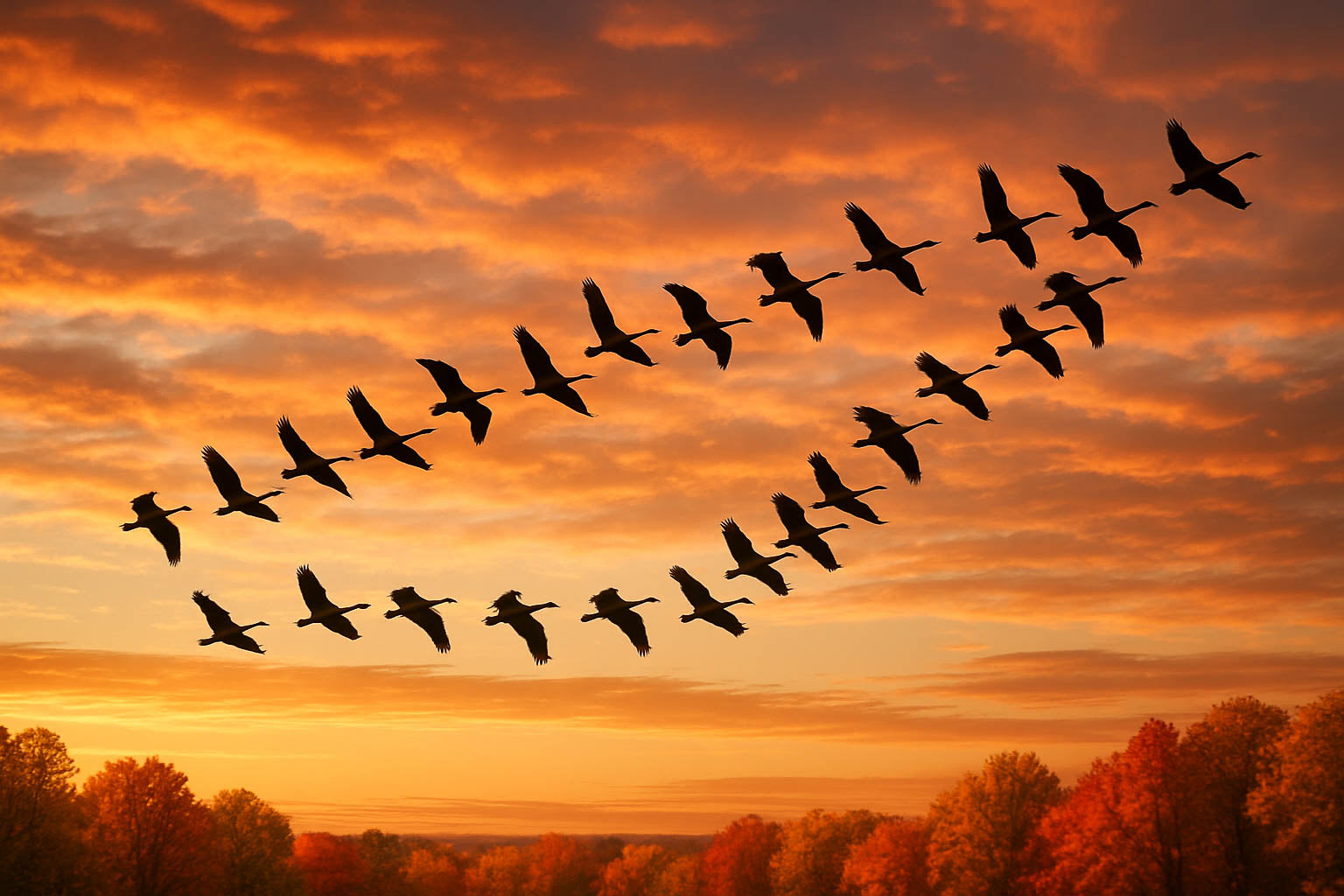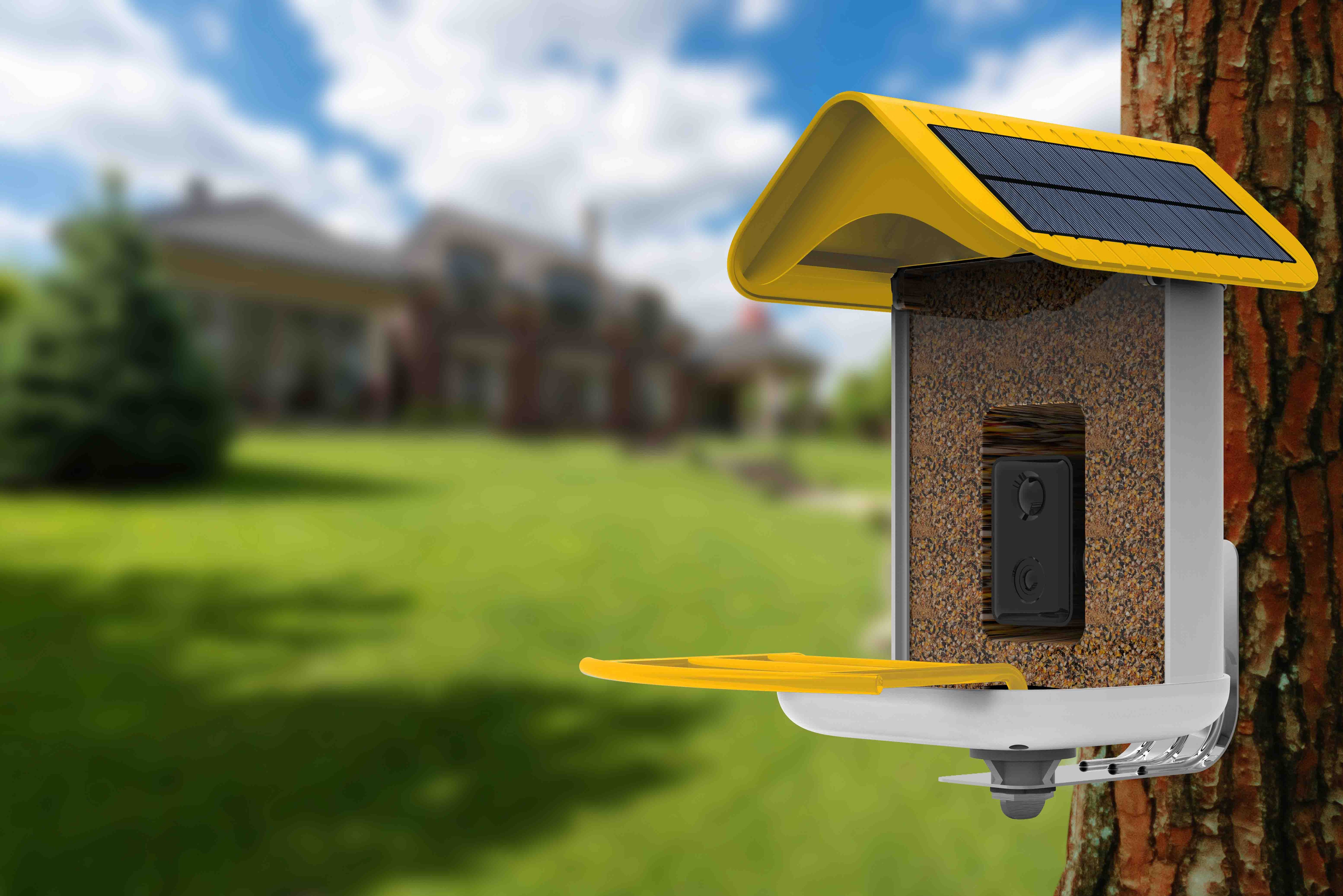Watching wild birds visit your garden is one of the simplest joys of nature. With the right foods in your feeders, you can turn your backyard into a hub of activity where colorful finches, cardinals, chickadees, and even migrating species stop by for a meal. At Trail Optics, we believe the key to successful birdwatching begins with what you offer at the feeder. This guide covers the best bird feeder foods, how to attract different species, and seasonal tips to keep your backyard lively year-round.
Why Bird Feeder Food Matters
Not all birdseed is created equal. Just like people, birds have preferences — and if you’re putting out the wrong mix, you might not see the variety you’re hoping for. Choosing the right bird feeder foods ensures your feathered visitors get proper nutrition while giving you more opportunities to enjoy their beauty up close.
Popular Bird Feeder Foods and the Species They Attract
🌻 Sunflower Seeds
- Why they’re great: Nutrient-rich, high in fat, and loved by many species.
- Birds attracted: Cardinals, finches, chickadees, grosbeaks, and titmice.
- Best type: Black oil sunflower seeds have thinner shells, making them easier for smaller birds to eat.
🌱 Nyjer (Thistle) Seeds
- Why they’re great: Tiny, oil-rich seeds perfect for small-beaked birds.
- Birds attracted: Goldfinches, siskins, and redpolls.
- Pro tip: Use a special nyjer feeder with small ports to reduce waste.
🍎 Fruits
- Why they’re great: Provide natural sugars, hydration, and vitamins.
- Birds attracted: Orioles, robins, waxwings, and thrushes.
- Best picks: Apple slices, orange halves, and berries. (Avoid dried fruits with added sugar.)
🥓 Suet
- Why it’s great: High-energy food source made from animal fat, ideal for colder months.
- Birds attracted: Woodpeckers, nuthatches, jays, and wrens.
- Best use: Offer in a suet cage or feeder during fall and winter when birds need extra calories.

Seasonal Bird Feeding Tips
🍂 Autumn/Fall
As temperatures drop, birds begin stocking up on energy for migration or overwintering. Suet and black oil sunflower seeds are top choices, while fruits can help attract migratory species passing through.
❄️ Winter
In freezing conditions, high-fat foods like suet, peanuts, and sunflower seeds are essential. Fresh water is just as important, so consider a heated birdbath.
🌸 Spring
Migration season means variety. Offer a mix of nyjer seeds for finches, mealworms for insect-eaters like bluebirds, and fresh fruit for orioles returning north.
☀️ Summer
While natural food sources are abundant, feeders still provide support. Offer lighter foods like fruit and nyjer seeds, and keep feeders clean to prevent mold in the heat.
Tips for Selecting the Right Foods
- Mix it up: A variety of foods ensures you’ll see a wider range of species.
- Quality matters: Avoid bargain seed blends with fillers like milo or wheat that many birds ignore.
- Match the feeder to the food: Tube feeders work well for sunflower seeds and nyjer; platform feeders are great for fruit and seed mixes; suet cages are best for suet blocks.
- Location is key: Place feeders near trees or shrubs for shelter, but keep them visible so birds feel safe approaching.

Creating a Year-Round Bird Haven
The joy of backyard birdwatching comes from seeing how different foods bring different species to your feeders. By adjusting your offerings seasonally and keeping your feeders stocked with the right mix, you’ll create a welcoming space for birds throughout the year.
At Trail Optics, we’re passionate about helping bird lovers get the most from their experience. Pairing the right foods with a smart bird feeder not only attracts a wider variety of birds but also lets you observe them up close with cutting-edge technology.



Leave a comment
This site is protected by hCaptcha and the hCaptcha Privacy Policy and Terms of Service apply.